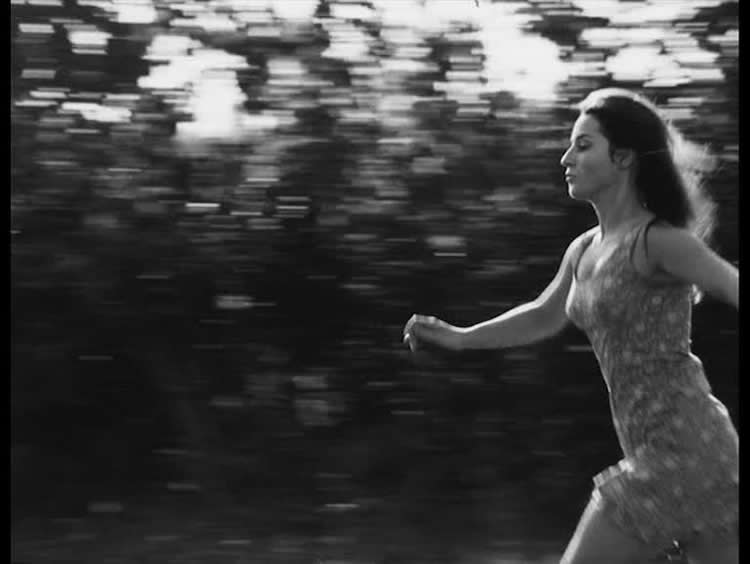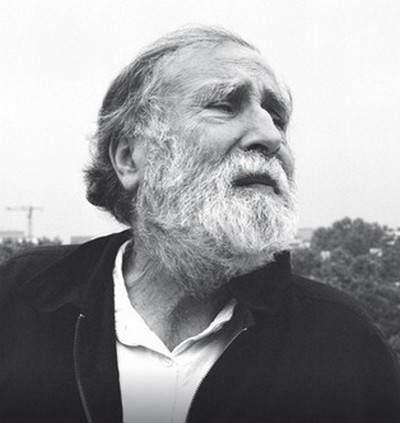| |
예술공간 돈키호테
PLAY for TODAY 2019
PLAY for TODAY 2020
+ 05월 상영회
+ 06월 상영회
+ 07월 상영회
+ 08월 상영회
+ 09월 상영회
+ 10월 상영회
+ 11월 상영회
+ 12월 상영회
|
|

상영작품 소개
여름 L’ÉTÉ
감독 : 마르셀 아눙 Marcel Hanoun
France / 1968 / B&W / Sound / 64mins / 35mm to 2K
상영일시 : 2020년 9월 16일(수) 19:00 (8월 상영계획이 코로나19로 변경됨)
상영장소 : 예술공간 돈키호테
참고사항 : 원어 불어, 자막 영어/한국어
Description
작품 생산의 주체와 대상에 대해 묻는 질문에 대해 마르셀 아눙은 거창한 방식으로 대답하지 않는다. 일련의 드라마틱한 행위를 보여주는 것과는 달리 그는 <여름>에서 젊고 아름다운 주인공의 삶의 순간들 사이에 초점을 맞춘다. 그는 파편화된 장면, 재구성한 이미지와 문, 창, 활인화로서 거울과 같은 프레임들을 다루고 이 모든 것은 드라마와 캐릭터의 발전이 부재한 곳에서 반복적 행동의 일종의 카탈로그로 관객과 대치한다. 순수한 진부함으로 특징지어지는 이러한 순간들은 결국 실재 대상을 이야기의 균열로 빠져들게 한다..이야기의 서스펜스나 절정에 기여하지도 극적으로 진행되지도 않기에 이런 모든 일련의 장면, 시퀀스, 이미지는 다른 어떤 감독들에게는 자르고, 제거하고, 삭제되어야 할 것이지만 바로 이렇게 확립된 거리감으로 인해 아눙은 자신의 영화의 핵심적 의미인 대립, 욕망과 실재 사이의 논쟁적 관계를 드러낼 수 있는 것이다. 이런 방식으로, 작품 생산의 주체와 대상에 대한 질문은 더 정확한 방식으로 재구성된다. 즉 자신이 바라는 바와 이러한 욕망을 충족시키 위해 어떻게 실재를 변화시키고자 하는가 말이다. (나초 카지가)
‘Who creates? And for whom?’ What is important is that Hanoun does not answer these questions in a grandiloquent way. On the contrary, far from showing a series of dramatic actions, he focuses on the in-between moments in the life of his beautiful young protagonist. He plays with fragments of the scene, reframing the image, using frames (doors, windows, a mirror as a tableau vivant) and all of this confronts the viewer with a sort of catalog of repetitive acts, where drama and character development are absent. These moments characterized by their pure banality end up permitting the real subject to slip through the cracks of the narrative... a whole series of scenes, sequences, images, that any other director would have cut, eliminated, removed, because they contributed neither to the narrative’s suspense nor its climax, nor to its dramatic progress, but which, because of the distance established, permit Hanoun to reveal the key, the meaning of his film: the confrontation, the controversial relation between desire and reality. In this way, the questions — Who creates? And for whom? — are reformulated in a more precise way: what one wishes for and how one seeks to change reality to satisfy this desire. (Nacho Cagiga)

+ 마르셀 아눙 Marcel Hanoun
마르셀 아눙은 1929년 10월 22일 튀니지의 수도 튀니스에서 태어나 2012년 9월 22일 프랑스 크레테유에서 사망했다. 그는 영화감독이자 사진작가이고, 프랑스 작가였다. 그는 <밤의 끌레르>(1978), <단순한 이야기>(1958), <가을>(1972) 등의 작품으로 널리 알려져 있다.
+ 댄 설리번 Dan Sulliva의 글
|



